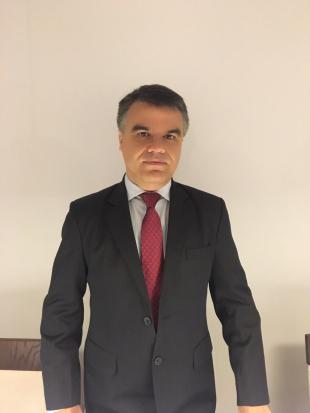Prof. Tavares holds a bachelor's degree in mining engineering (1988) and a Master´s degree in Mining, Metallurgical and Materials Engineering (1991) from the Federal University of Rio Grande do Sul and a PhD in Metallurgical Engineering from the University of Utah (1997). He is Professor of the Federal University of Rio de Janeiro and Head of the Laboratory of Mineral Technology of the Graduate School of Engineering (COPPE). He has experience in Mining, Metallurgical and Materials Engineering, with emphasis on Mineral Processing, working mainly in the topics of modelling and simulation of comminution and mineral concentration processes and fundamentals of particle breakage as well as sustainability in the minerals industry. He is a founding member of the Global Comminution Collaborative, has been a member of the editorial board of several scientific journals, including International Journal of Mineral Processing, Minerals, Heliyon and KONA Powder and Particle. He has presented invited keynote lectures in twelve countries and has been the principal investigators in more than 100 projects.

